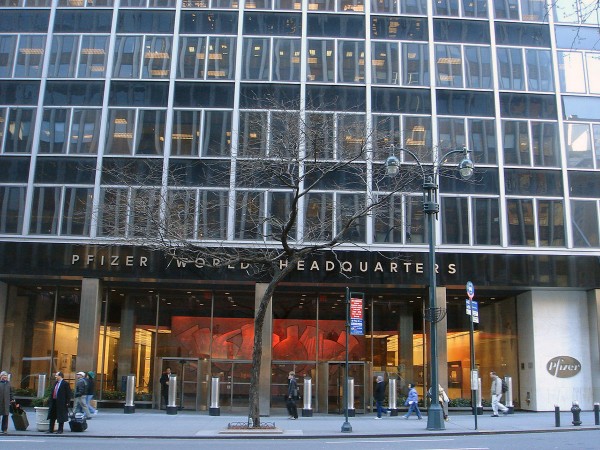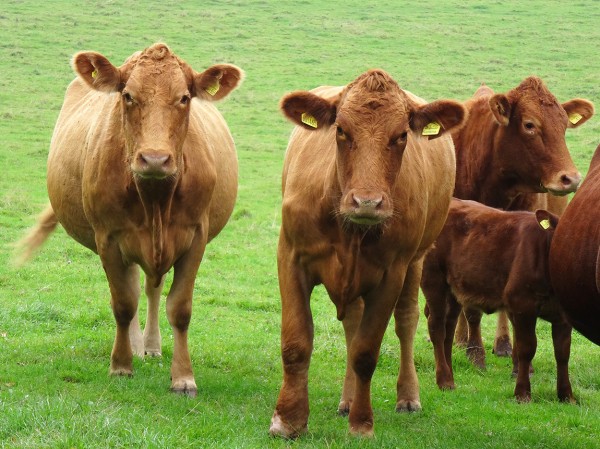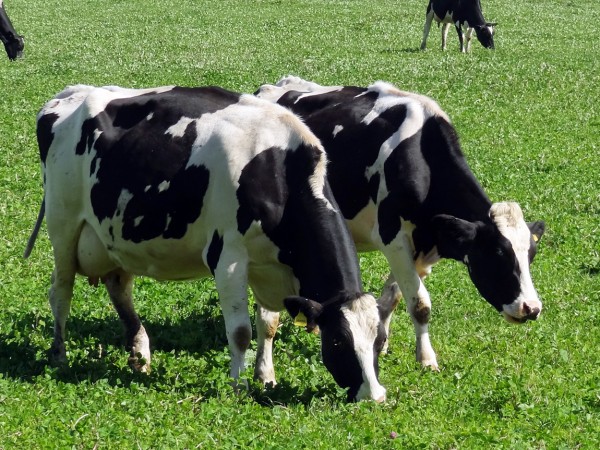 The Competition and Markets Authority (CMA) has imposed a record fine of £84m on the American pharmaceutical manufacturing company Pfizer and of £5.2m on its UK distributor, Flynn Pharma. The CMA found that the companies charged unfair prices to the NHS for phenytoin sodium capsules, the anti-epilepsy drug.
The Competition and Markets Authority (CMA) has imposed a record fine of £84m on the American pharmaceutical manufacturing company Pfizer and of £5.2m on its UK distributor, Flynn Pharma. The CMA found that the companies charged unfair prices to the NHS for phenytoin sodium capsules, the anti-epilepsy drug.
The price was previously regulated, but Pfizer deliberately de-branded the drug in September 2012 and immediately raised the price to Flynn Pharma by between 780% and 1600%, which, in turn, raised the price to the NHS by nearly 2600%. This made the drug many times more expensive than in any other European country.
The cost to the NHS rose from around £2m per year to around £50m in 2013. Although other generic drugs are available, there would be serious health risks to patients forced to switch drugs. The NHS thus had no alternative to paying the higher price.
 Pfizer claimed that the drug was loss-making before it was de-branded. However, the CMA calculated that this did not justify the size of the price increase; that the higher price enabled Pfizer to recover all these claimed losses within just two months.
Pfizer claimed that the drug was loss-making before it was de-branded. However, the CMA calculated that this did not justify the size of the price increase; that the higher price enabled Pfizer to recover all these claimed losses within just two months.
The usual practice is for pharmaceutical companies to charge high prices for new drugs for a period of time to enable them to recover high research and development costs. Later, the drugs become available as generic drugs that other manufacturers can produce. The price then normally falls dramatically.
Phenytoin sodium was invented many years ago and there has been no recent innovation and no significant investment. But, unlike with many other drugs, there has been no switching by the NHS because of possible dangers to patients. This has given Pfizer and its distributor considerable market power. As the CMA states in its press release:
Epilepsy patients who are already taking phenytoin sodium capsules should not usually be switched to other products, including another manufacturer’s version of the product, due to the risk of loss of seizure control which can have serious health consequences. As a result, the NHS had no alternative to paying the increased prices for the drug.
In conclusion, the CMA found that “both companies have held a dominant position in their respective markets for the manufacture and supply of phenytoin sodium capsules and each has abused that dominant position by charging excessive and unfair prices”.
Articles
Pfizer fined record £84.2m for overcharging NHS 2600% Independent, Zlata Rodionova (7/12/16)
Pfizer fined record £84.2m over NHS overcharging The Guardian, Angela Monaghan (7/12/16)
CMA fines drug firms £90m for over-charging NHS nhe (7/12/16)
Pfizer hit with record fine after hiking price of NHS epilepsy drug by 2,600pc – costing taxpayer millions The Telegraph (7/12/16)
Pfizer, Flynn Get Record Fine on 2,600% Drug Price Increase Bloomberg, Patrick Gower (7/12/16)
CMA publications
Phenytoin sodium capsules: suspected unfair pricing Competition and Markets Authority: Case reference: CE/9742-13, Competition and Markets Authority cases (updated 7/12/16)
CMA fines Pfizer and Flynn £90 million for drug price hike to NHS CMA Press Release (7/12/16)
Questions
- What are the arguments for drug companies being allowed to charge high prices for new drugs?
- How long should these high prices persist?
- Sketch a diagram to illustrate Pfizer’s price for its anti-epilepsy drug before and after it was de-branded. Illustrate the effect on Pfizer’s profits from the drug.
- What determines the price elasticity of demand for (a) a drug which is branded and unique; (b) a drug produced by a specific producer but which is generic and can be produced by a number of producers; (c) a generic drug produced by many producers?
- How should a regulator like the CMA decide what price a firm with market power should be allowed to charge?
- Under what legislation did the CMA fine Pfizer and Flynn Pharma? What is the upper limit to the fine it is able to impose? Did it impose the maximum fine on Pfizer?

